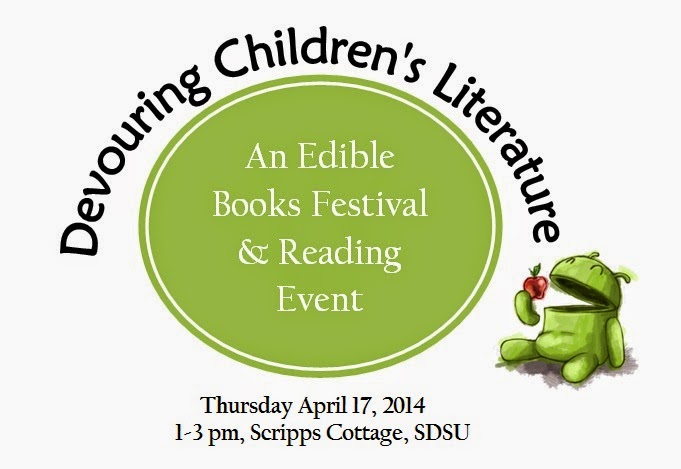Jungle Book is currently appearing on the stage until May 4 as part of the SDSU's Theatre, Television and Film season of plays. This Friday (May 2) at 6:30 pm, you can join the National Center for the Study of Children's Literature in "Conversations with Children's Literature," a pre-show discussion on Rudyard
Kipling’s stories as well as the process of adapting them to the stage. Building on the tradition forged by a similar discussion held last year for Peter Pan & Wendy, this conversation will be led by Director Margaret
Larlham, Dramaturg Megan Abell, and a panel from the NCSCL: Dr. Joseph T. Thomas, Jr., Dr.
Mary Galbraith, and Graduate students Alya Hameed, Paloma Hoyos,
and Alixandria Lombardo.
Discussion Info:
Friday May 2, 6:30 pm
Dramatic Arts Building, Room 101
Open and Free to the Public
Plan to join our discussion and continue the experience by attending the play directly after!
About Jungle Book:
Margaret Larlham has created an action-packed version of Rudyard Kipling’s Jungle Books stories performed in the Don Powell Theatre. The story is set in a secret jungle in our own Balboa Park, a magic place between the leaves and vines bounded by park, zoo, and the freeways. Here Mowgli, a lost child, has many adventures and learns the “laws” of the jungle from a pack of wolves, Bagheera the panther, Baloo the bear, and the unscrupulous tiger, Shere Kahn. Larlham’s updated version sets the adventure in a modern jungle where the impact of global warming escalates the danger of drought and disaster for the animals.
Remaining Performance Dates:
Thursday May 1 - Friday May 2 at 7:30 pm
Saturday May 3 - Sunday May 4 at 2:00 pm
More details and ticket information can be found on the SDSU Theatre Website
You can also check out the production's blog: http://junglebooksdsu.com/
Discussion Info:
Friday May 2, 6:30 pm
Dramatic Arts Building, Room 101
Open and Free to the Public
Plan to join our discussion and continue the experience by attending the play directly after!
About Jungle Book:
Margaret Larlham has created an action-packed version of Rudyard Kipling’s Jungle Books stories performed in the Don Powell Theatre. The story is set in a secret jungle in our own Balboa Park, a magic place between the leaves and vines bounded by park, zoo, and the freeways. Here Mowgli, a lost child, has many adventures and learns the “laws” of the jungle from a pack of wolves, Bagheera the panther, Baloo the bear, and the unscrupulous tiger, Shere Kahn. Larlham’s updated version sets the adventure in a modern jungle where the impact of global warming escalates the danger of drought and disaster for the animals.
Remaining Performance Dates:
Thursday May 1 - Friday May 2 at 7:30 pm
Saturday May 3 - Sunday May 4 at 2:00 pm
More details and ticket information can be found on the SDSU Theatre Website
You can also check out the production's blog: http://junglebooksdsu.com/





